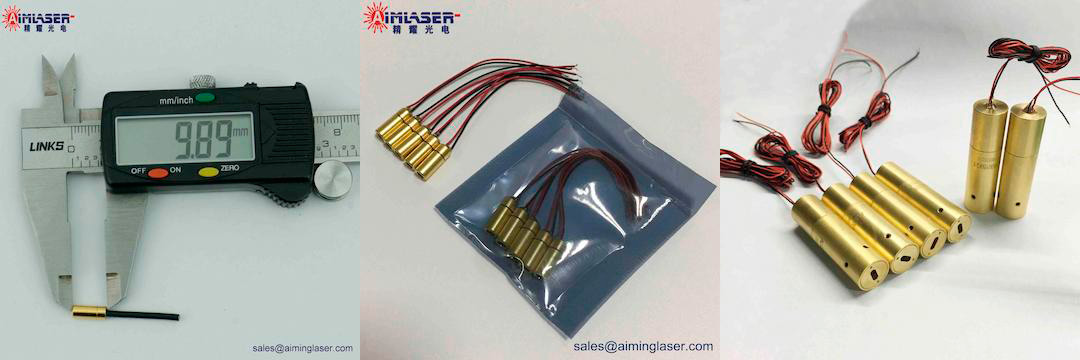Short-wave length infrared band referred to as "SWIR". SWIR located in the non-visible spectrum between near infrared (NIR) and long wave infrared (IR). The general wavelength range is 1400-3000nm, which contains rich material spectral information. Such as: hydroxide, H20, CO2, NH3, H2S and other substances absorption spectrum; Infrared radiation from aircraft tail flame; moonlight, starlight, atmospheric glow in the night sky...

Short-wave length infrared band (SWIR) has a short wavelength, which is conducive to high-resolution images with strong contrast. It is not affected by the ambient light weakness, nor is it dependent on thermal emissivity, and is not susceptible to the ambient light weakness. It is unique to visible light and other infrared imaging methods.SWIR imaging is mainly based on the target reflected light imaging principle, and its imaging effect is closer to visible light image, rather than the thermal energy of infrared spectrum. Compared with visible light, SWIR imaging has high contrast, clear target details expression, and good fog penetration ability.
SWIR imaging has a major advantage over other technologies, namely its ability to image through glass. For short-wave infrared cameras, SWIR cameras do not require a special case, just a protective window glass. This makes them extremely versatile.
Short-wave length infrared band(SWIR) has great advantages in the environment with weak light at night. The luminous intensity emitted by atmospheric phenomena at night is 5 to 7 times stronger than that of starlight. It can be said that ambient starlight and background radiation (noctilucent) are natural emitters of short-wave length infrared band(SWIR). Therefore, short-wave infrared cameras, due to their higher illumination at night, can clearly "see" the target in the poorly lit night.
The wide application of short-wave length infrared band(SWIR) depends on the development of InGaAs sensors.InGaAs can achieve the same sensitivity at room temperature as sensors made of materials such as Mercury Cadmium telluride (HgCdTe) or indium antimonide (InSb), which need to operate at extremely low temperatures.
Short-wave length infrared band(SWIR) has a wide range of applications due to its unique performance. SWIR can provide data to customers in a variety of industries, such as laser and communications, astronomy, life sciences, railway, etc. Strong quantitative analysis ability, able to identify artificial materials, fire fighting, mineral discovery; Can be widely used in the military field: night vision investigation, remote sensing control, infrared imaging guidance......